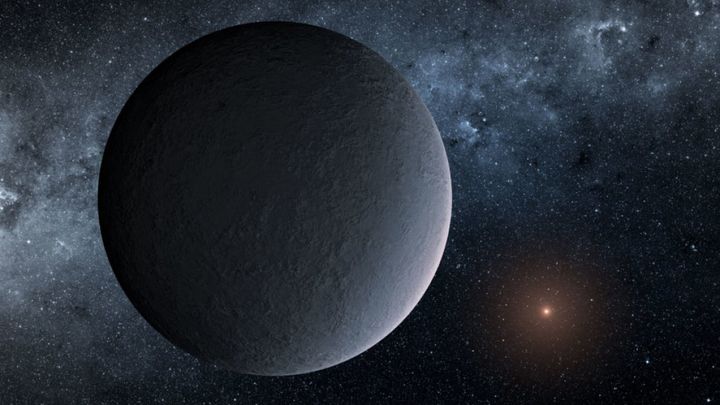Scientists have discovered an icy planet with the same mass as Earth, orbiting its star at the same distance that we orbit the sun.
Dubbed ‘Earth’s frozen twin’, OGLE-2016-BLG-1195Lb is unlikely, however, to host life, as it’s significantly colder than our home.
It orbits a star that is so small, astronomers say it may not even count as a star. Rather, it’s suspected to be a brown dwarf.
Despite the fact the planet isn’t habitable, it’s a valuable discovery as astronomers seek to better understand planetary systems beyond our own.

The newly-discovered world is 13,000 light-years away and lies in the Milky Way’s disk, the zone surrounding the central bulge at the heart of our galaxy. Astronomers now believe the disk contains more planets than the central bulge.
“This ‘iceball’ planet is the lowest-mass planet ever found through microlensing,” said Yossi Shvartzvald, a NASA researcher and the lead of a study published in the Astrophysical Journal Letters.
Microlensing uses background stars in the depths of the universe as flashlights and has been deployed to find the most distant known exoplanets.
“One of the problems with estimating how many planets like this are out there is that we have reached the lower limit of planet masses that we can currently detect with microlensing,” Shvartzvald said.
The astronomer added that NASA’s upcoming WFIRST telescope will expand their search when it comes online in the mid-2020s.
